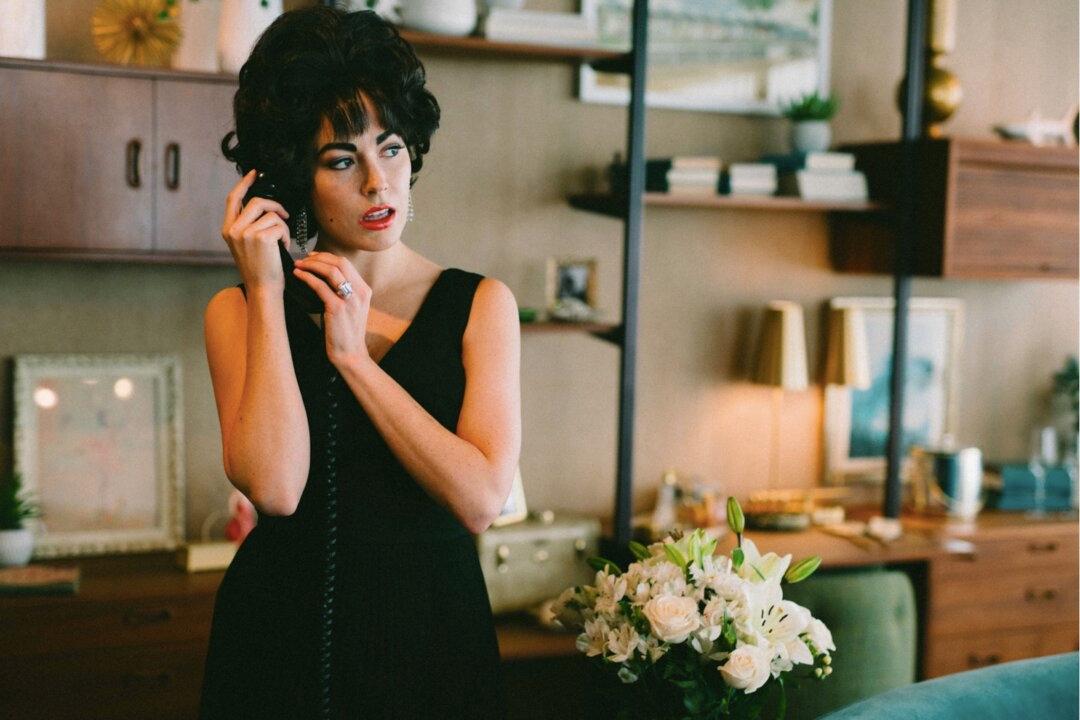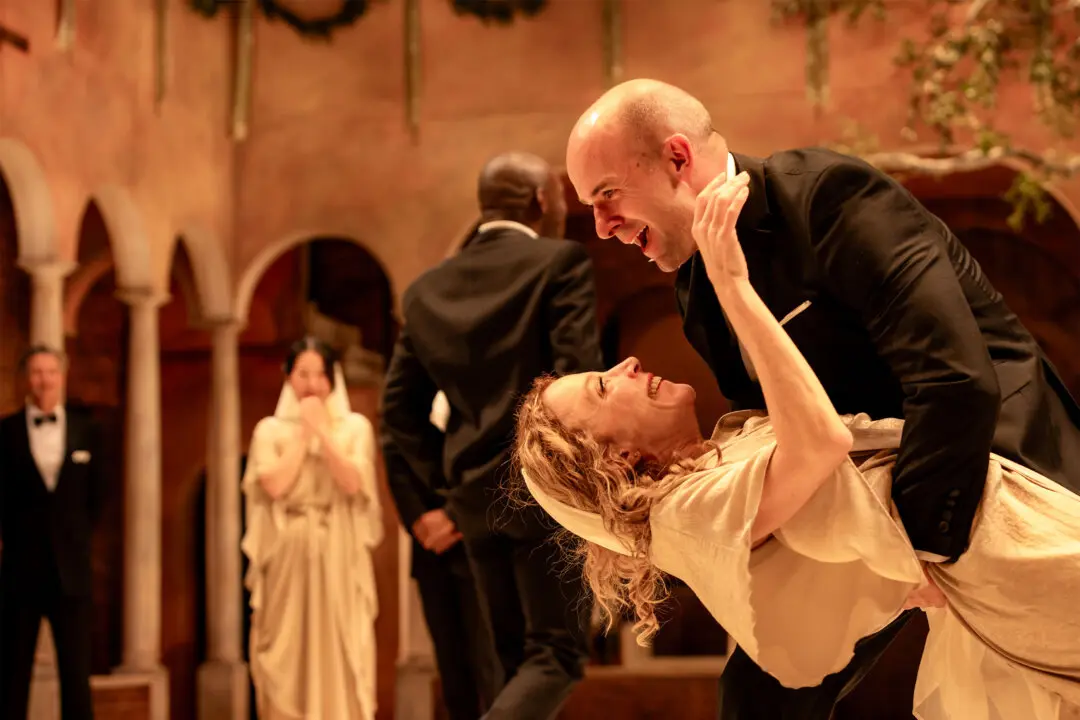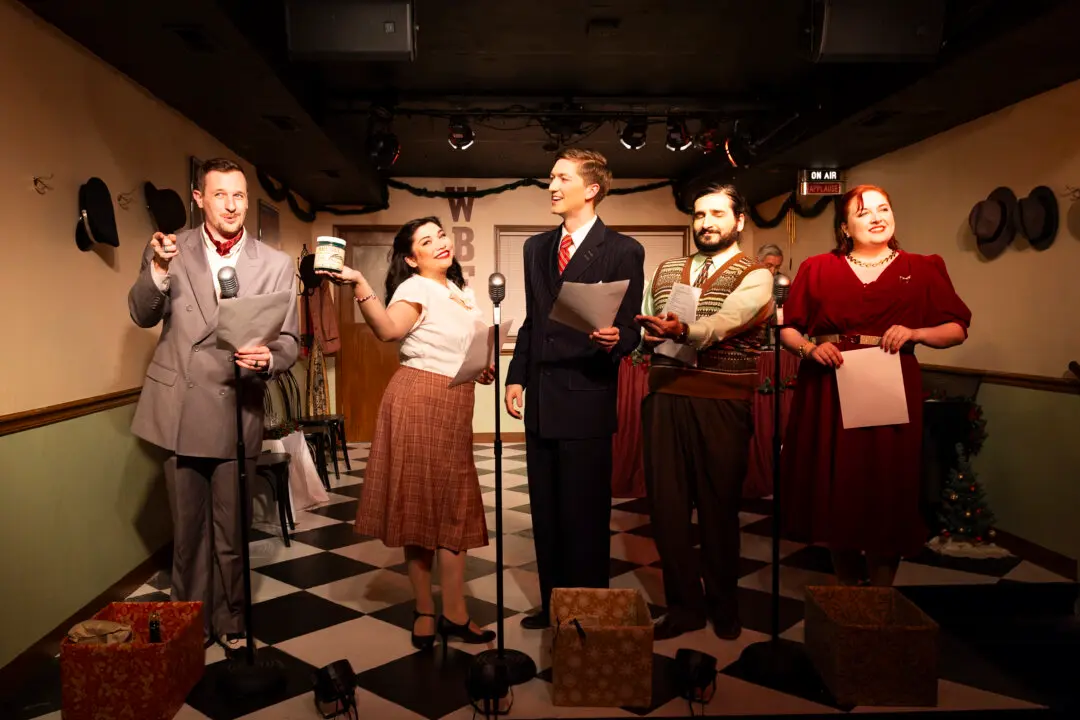Movie aficionados are familiar with Elizabeth Taylor for her role as the queen of the Nile in the film “Cleopatra” (1963), for “Who’s Afraid of Virginia Wolf “(1966), an adaptation of Edward Albee’s 1962 play, and for both Tennessee Williams’s “Cat on the Hot Tin Roof” (1958) and “Suddenly, Last Summer” (1959). Furthermore, those who follow celebrity news are familiar with the violet-eyed actress from her tempestuous affair with Richard Burton, her scandalous marriage to Eddie Fisher, and her eight marriages. Yet she was so beautiful, so glamorous, and lived such an extravagant life that the more serious, determined, and decisive Taylor is unknown to many.
Now actress and writer Kayla Boyle brings a more in-depth portrait, showing the introspective side of the star, in her “Call Me Elizabeth.” Written and starring Boyle, with direction by Erin Kraft, the one-woman show is presented in a streaming production that brings aspects of the early Taylor to life.





